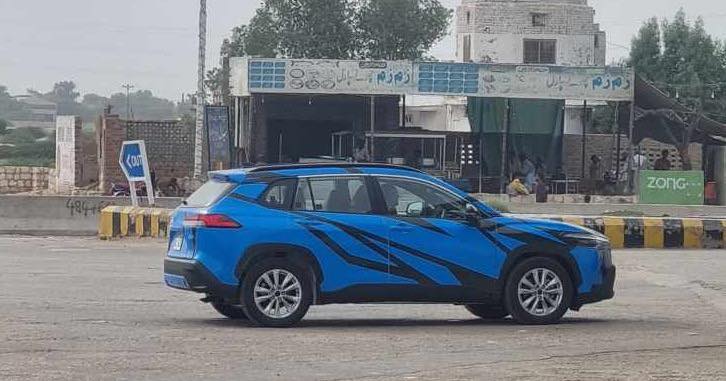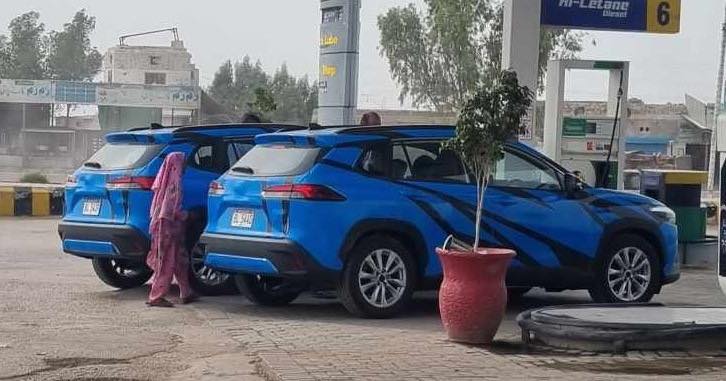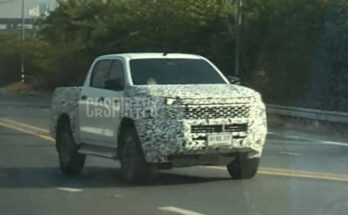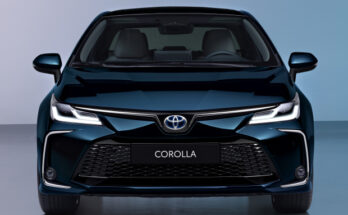Indus Motor Company (IMC), the assemblers of Toyota cars in Pakistan has revealed that the company has retained its staff and made no layoffs despite a 55% decrease in production brought on by weak demand and supply-side issues.
According to IMC boss Ali Asghar Jamali, the auto industry faces significant difficulties, such as swift price increases, expensive auto financing, higher taxes, and deteriorating macroeconomic conditions. While speaking to a group of journalists, he said:
“Despite uncertainty regarding supply-side recovery, we have not opted for any layoffs which shows our commitment to the country and the wellbeing of our employees.”
IMC experienced a 58% drop in volumetric sales from January to June 2023 alone, according to Jamali, but the company decided against using layoffs and instead turned to other cost-cutting measures like reducing spending on various activities and cutting energy expenditure.

While the above is undeniably commendable, the rest of the IMC chief’s claims were a jumble of contradictions that necessitated explanations.
The local auto industry has been facing the issue of letters of credit (LCs) for quite some time, making it difficult for the industry to meet its production targets, which in turn is badly affecting sales.
This raises the question of heavy dependency on imports. During the past 30 years, what steps did the local auto sector, including IMC, take to bolster the domestic supply chain and lessen the need for imports? Plus if there is a dearth of demand in the local market, why the export route hasn’t been explored by any of the local automakers, who boast themselves as “manufacturers”?
Related: Can Local Assemblers Take Advantage of the Export Market?
Then Jamali moved on to target the used car imports once again, he said:
The import of used cars is gaining momentum, severely impacting the already affected local auto industry, as total used car imports are more than the production of some original equipment manufacturers (OEMs). Jamali said over 6,000 used cars were imported in the financial year 2022-23, with more than 1,800 units being imported only in May and June this year.
Around 6,000 units of used cars imported during the entire fiscal year 2022-23 were a threat to the local auto industry, like how? That actually translates into an average of hardly 500 cars a month. As mentioned before in various posts, the majority of used cars comprise sub-1000cc offerings, most of them being 660cc kei cars or hybrids, something the local auto industry has been least interested in offering despite high demand in the domestic market.
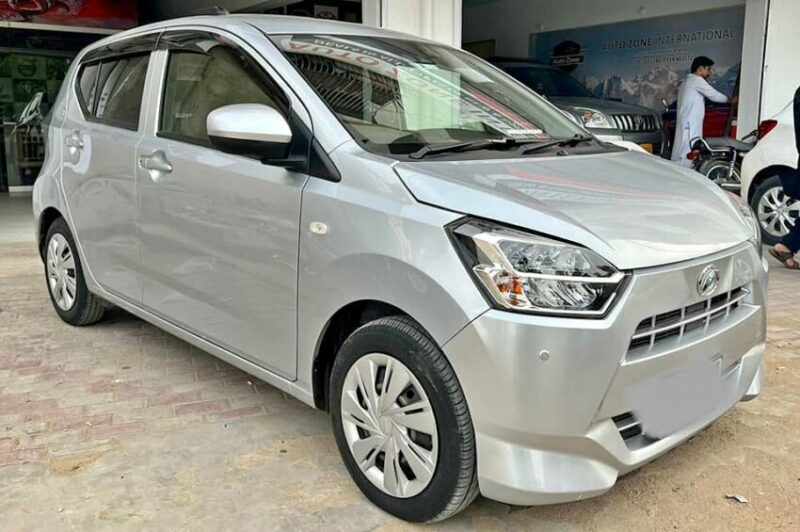
Nobody will buy a used car without a warranty over a brand new one with multiple years of warranty and complete after-sales support, but people still drift towards used cars, why? This is something the IMC boss seriously needs to ponder.
In the presence of minimum foreign exchange reserves held by SBP (State Bank of Pakistan), the government should refrain from permitting the policy of importing used cars and instead support the local auto industry, which is producing cars locally.
Producing cars locally? or assembling cars locally? Or if cars are being produced locally, why the government should consider easing the issuance of letters of credit (LCs) since importing in millions will hurt our already minimum foreign exchange reserves, won’t they? The local auto industry has always received support from the government, but when will it be able to stand on its own?
This issue of used car imports is also nullifying the plausible localization achieved by the local auto industry, in terms of parts and also future localization plans. The industrial growth of the auto industry is essentially linked with a properly designed planned import policy and the growth of the local auto industry can never be achieved if the import of used cars is freely allowed by the government.
Localization percentage based on the number of parts & not the value of engineering has always been a subject of debate. Here, implementing something like the Monroney label seems like a need of the day. Besides, the import of used cars has never been freely allowed but has always been under various strict conditions. For example, we cannot import a used car that’s more than 3 years old but the local assemblers are free to assemble cars that are over 44 years old.
Related: Can We Settle the Localization Debate With This?
Jamali then talked about another upcoming increase in vehicle prices, he said:
Since the last increase in the prices of cars, there has been an increase of at least 10% in the dollar value. Manufacturers will have to increase the prices of vehicles.
So the “manufacturers” who claim to have achieved up to 70% localization are once again preparing to transfer a 100% forex fluctuation impact on the car prices. Why should a mere 10% change in the rupee-dollar exchange rate have a 100% impact on prices if such a high level of localization has already been achieved? This invalidates the high localization claims once more, doesn’t it?
Related: Non-Production Days and Insufficient Localization
Moving on, Jamali went on to discuss climate change, noting that Pakistan is among the countries most affected by it and that it requires strategic action on all fronts to address these issues. According to the Global Carbon Budget 2022, the country’s annual CO2 emissions were 229.51 million tonnes in 2021, up 9% from 210.38 million tonnes in 2020.
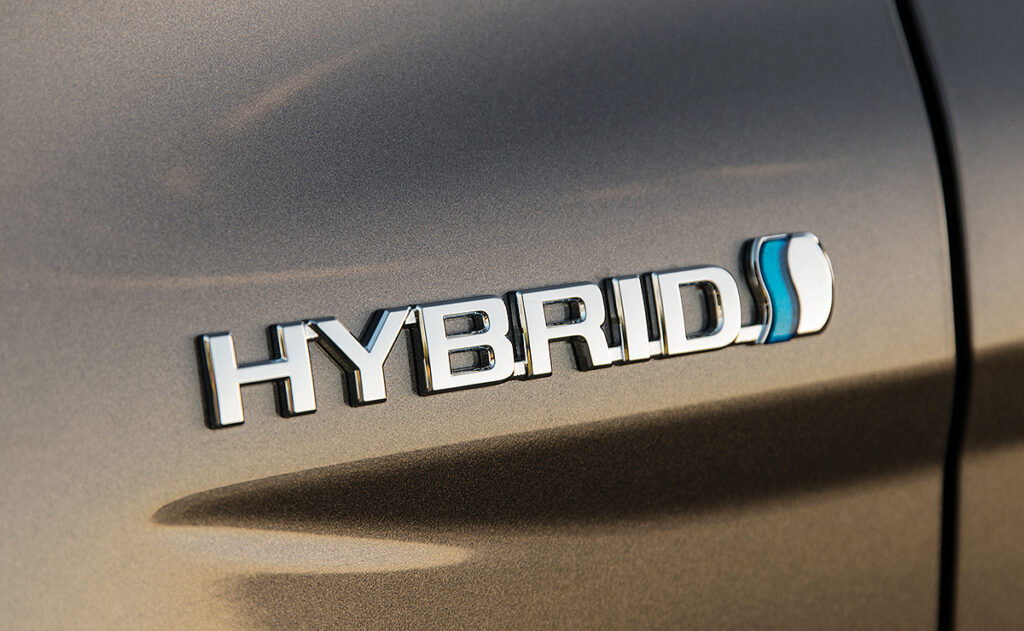
In countries like Pakistan which rely heavily on fossil fuels and has a 62% fossil fuel share in its energy mix, Jamali said Hybrid Electric Vehicles (HEVs) are the most sensible choice to reduce carbon emissions. He said:
HEVs are the most sustainable solution to the country’s economic problems, as it would help achieve macroeconomic goals, employment generation, exports boost, and imports reduction as well. Toyota has made an investment of $100 million to produce HEVs in Pakistan and Toyota Corolla Cross, Pakistan’s first locally manufactured HEV SUV is to be launched soon.
Locally assembled Toyota Corolla Cross spotted testing on local roads
This is interesting because, if HEVs in the passenger car segment are truly going to reduce import costs, why not start with options that are considered more suitable and affordable for the masses? For example the Aqua hybrid or the new Yaris Cross hybrid instead of a much more expensive Corolla Cross that is targeted at the elites?
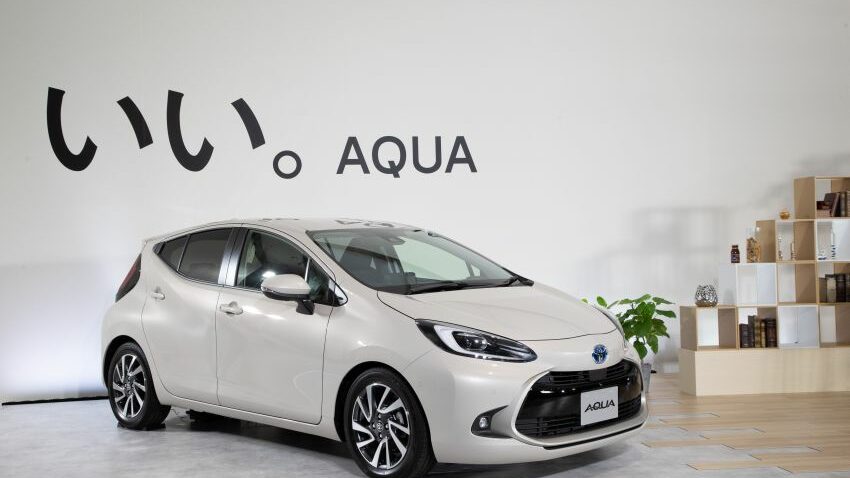
Secondly, even in the Japanese domestic market, Toyota hybrids are considered the most economical with 7 out of the top 10 most fuel-efficient hybrid cars in Japan. Surprisingly, the Corolla Cross does not even make the list in terms of fuel efficiency. This raises the question of why, if reducing fuel import costs is IMC’s primary goal, the company hasn’t chosen to launch its hybrid operations in Pakistan with more fuel-efficient options.
The adoption of hybrid technology will also result in the reduction of import bill, as 30 thousand units of HEVs will save around $37 million per annum.
An expensive Corolla Cross having just a hybrid badge and not required fuel efficiency on the menu, with a handful of sales won’t do much to contribute either towards improving the environment or bringing down the fuel import costs.
Related: Despite 55% Decline in Sales, The “Big 3” Enjoy 82% Surge in Revenue
Moreover, assuming 30,000 HEVs will save around $37 million per year, and with IMC managing to sell just 31,104 units of Corolla, Yaris, Fortuner, and Hilux combined in FY22, do they really think they will be able to sell 30 thousand HEVs (Corolla Cross) in a single year? Practically speaking, it’s more akin to sheer fantasy.
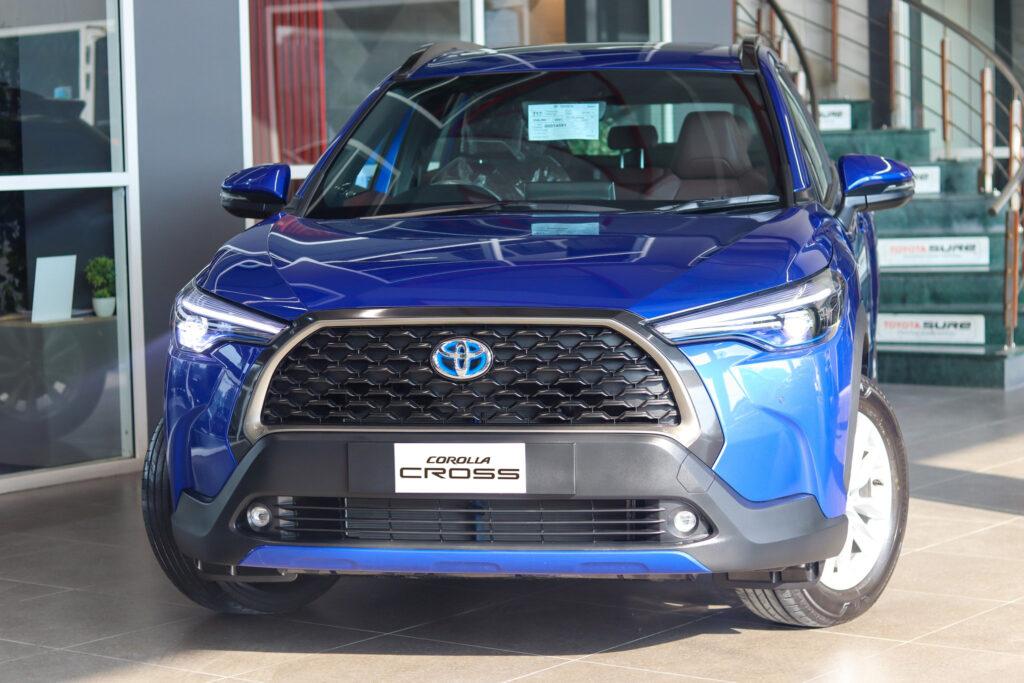
With an obsolete 11th-generation Corolla costing close to Rs 8 million rupees, it’s quite likely that the upcoming Corolla Cross hybrid will fall around the Rs 10 million (1 crore) price range or more. With a price tag this high, the Toyota Corolla Cross certainly won’t be a volume seller for sure.
Related: For Which “E” The Hybrids in Pakistan Are For?
Lastly, Jamali responded to a question regarding EVs (electric vehicles), by saying EVs reduce carbon emissions, but their prices were high besides a lack of infrastructure.
We will move towards EVs when we have proper infrastructure and policies in place.
Toyota is not offering EVs in those markets where there is a proper infrastructure available & favorable policies are already in place. In fact, we all know Japanese automakers have been left way behind when it comes to electric vehicles and instead have been actively pushing their hybrids (which is now an obsolete tech) in markets where EVs are not welcomed yet. The only EV Toyota has for global markets is the bZ4X electric SUV which is struggling to make its impact and won’t be introduced here anytime soon.
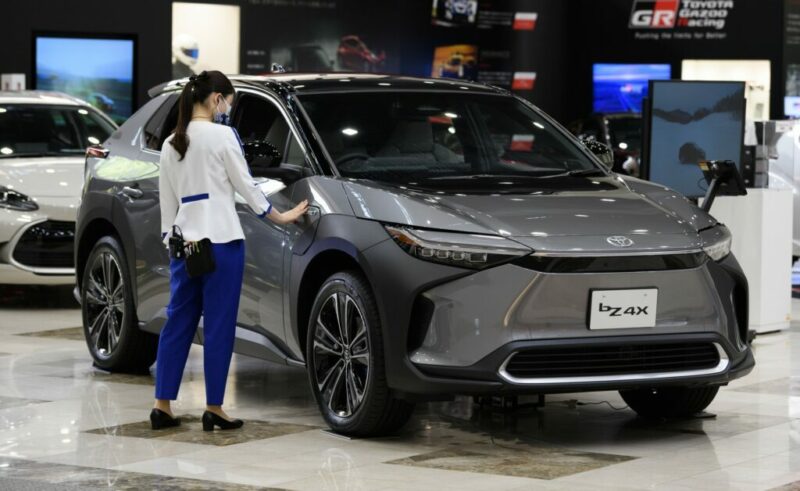
IMC’s hybrid plans and care for the environment & forex savings will make more sense if practical and affordable HEVs are introduced for the masses, rather than an overly expensive one for the handful of elites.

A computer animation professional with over 23 years of industry experience having served in leading organizations, TV channels & production facilities in Pakistan. An avid car enthusiast and petrolhead with an affection to deliver quality content to help shape opinions. Formerly written for PakWheels as well as major publications including Dawn. Founder of CarSpiritPK.com

